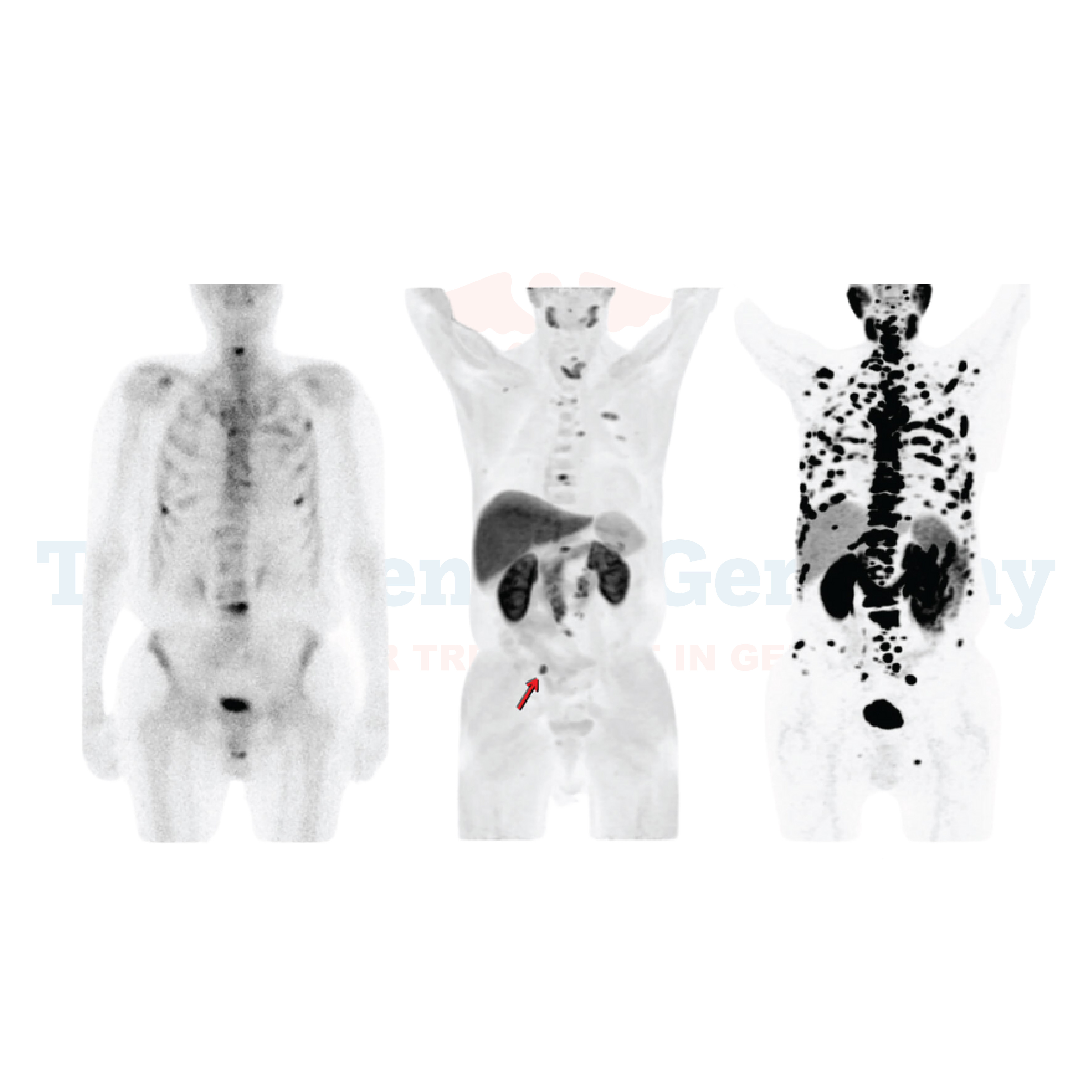PET scans are one of the most recognized imaging methods that diagnose many medical conditions and scan for tracking disease progression. Due to their higher accuracy, advanced technology and innovation are important aspects of Germany that help to use PET scans. This article provides insight into PET scans, applications, advantages, and what makes Germany a prime destination for this advanced diagnostic tool.
PET scans are a state of the art imaging technique quite useful for gaining insight into biochemical activities in organs and tissues. Unlike any other imaging technology, PET scans have the capability of detecting abnormal cells and changes in metabolic activities, thus giving a real-time view of how the body is working at a cellular level.
With the use of a safe radioactive tracer injected into the bloodstream, PET scans indicate areas of abnormal metabolic activity that may imply a disease. Combining PET with computed tomography (CT) or magnetic resonance imaging (MRI), even more detailed images are possible for healthcare providers to diagnose and monitor accurately.
Application of PET Scans
PET scans are multifunctional and utilized in the diagnosis, monitoring, and evaluation of different medical conditions, which include cancer, heart diseases, and neurological disorders.
Cancer Diagnosis and Imaging
PET scans are a valuable resource in oncology.
To diagnose cancers such as breast cancer, lung cancer, or thyroid cancer, scanning may reveal cells that appear abnormal compared with healthy cells because of higher metabolic rates.
In the assessment and the planning for its treatment, to determine whether or not the cancer has metastasized that is, it has spread from where it originated to parts of the rest of the body.
Heart Conditions
PET scans also come in handy in cardiology in the following ways:
Neurological Disorders
Some neurological applications include diagnosis and monitoring of the following conditions:
PET Scans Vs. CT and MRI
PET scans are different from other imaging modalities, such as CT and MRI.
PET scans would be incorporated when conditions are detected before they appear on CT or MRI.
To improve diagnostics, a PET scan is often merged with CT or MRI to form hybrid imaging techniques. Some of these are PET-CT and PET-MRI. These typically produce high-contrast, high-resolution images for more accurate diagnostic evaluations of suspected conditions.
Preparation of the PET Scan in Germany
In many instances, it is necessary to prepare for a PET scan so that the results are accurate. The healthcare facilities in Germany generally provide detailed instructions which tend to be individualized.
What to Bring
Patients are advised to wear loose clothes and not wear any metallic accessories. Other things that could interfere with the imaging process include jewelry, glasses, and dentures.
What is Expected in a PET Scan?
The PET scan is a straightforward procedure and usually lasts for two hours.
Safety and Risks of PET Scans
PET scans are safe with low risks. The tracer radioactive isotopes have limited levels of radiation, leaving the body within a short period. Patients are encouraged to drink many fluids after scanning to help flush the tracer out of their systems.
Precautions
Innovative PET Scan Treatment in Germany
Medical innovations find innovative hands in Germany, and the same applies to PET scan technology. German health institutions combine PET with CT and MRI, which makes them far more accurate in diagnosis than anywhere in the world.
That is to say, the services offered by expert radiologists equipped with modern equipment provide quality service more than ever to patients, whether it is for cancers, heart conditions, or other neurological disorders.
Frequently Asked Questions
What is a PET scan?
A PET scan can highlight abnormalities in cellular activity and changes in the metabolic activities of diseases like cancer, heart conditions, and brain disorders.
Are PET scans safe?
Of course, PET scans are comparatively harmless. The radioactive tracer involves minimal radiation and is easily flushed out of the body.
Why have a PET scan in Germany?
There's technology here that's advanced and novel imaging methods to get PET-CT and PET-MRI with very experienced radiologists.
What should patients with diabetes do in the days before a PET scan?
Patients with diabetes are advised to adhere strictly to dietary and medication prescriptions from the physician for reliable results in scanning.
Can PET scans detect cancer recurrence?
This is a decisive yes since PET scans can effectively diagnose recurrence and serve as a monitoring tool for the effectiveness of treatments such as chemotherapy and radiation.
👉 Contact us for further information and receive a complimentary consultation.

.webp)
.webp)
 (1).webp)
 (1).webp)

.webp)
.webp)
 (1).webp)
 (1).webp)
